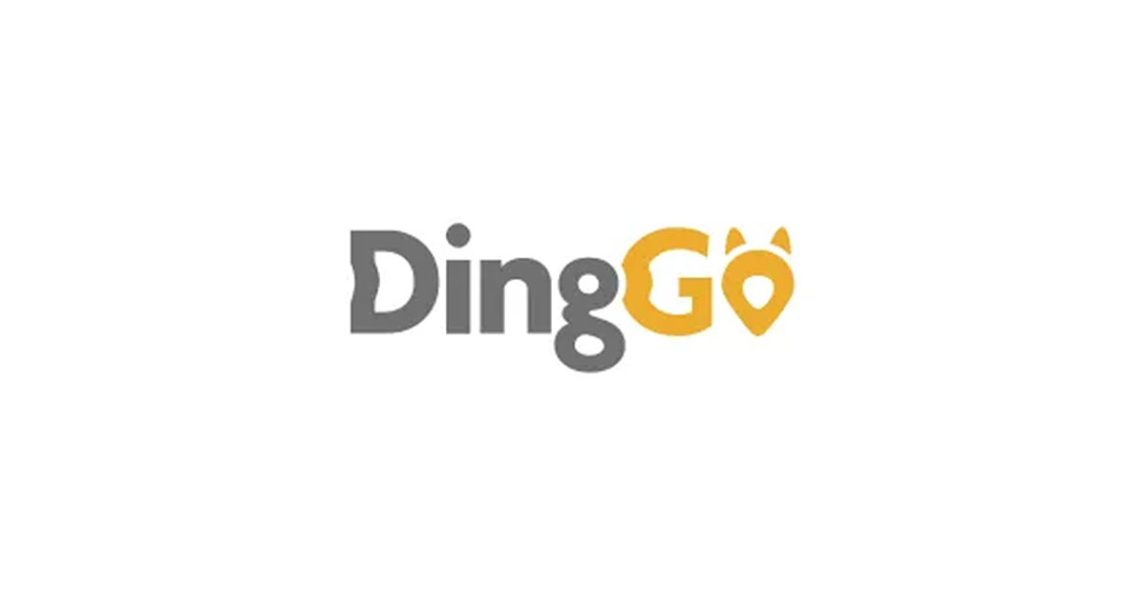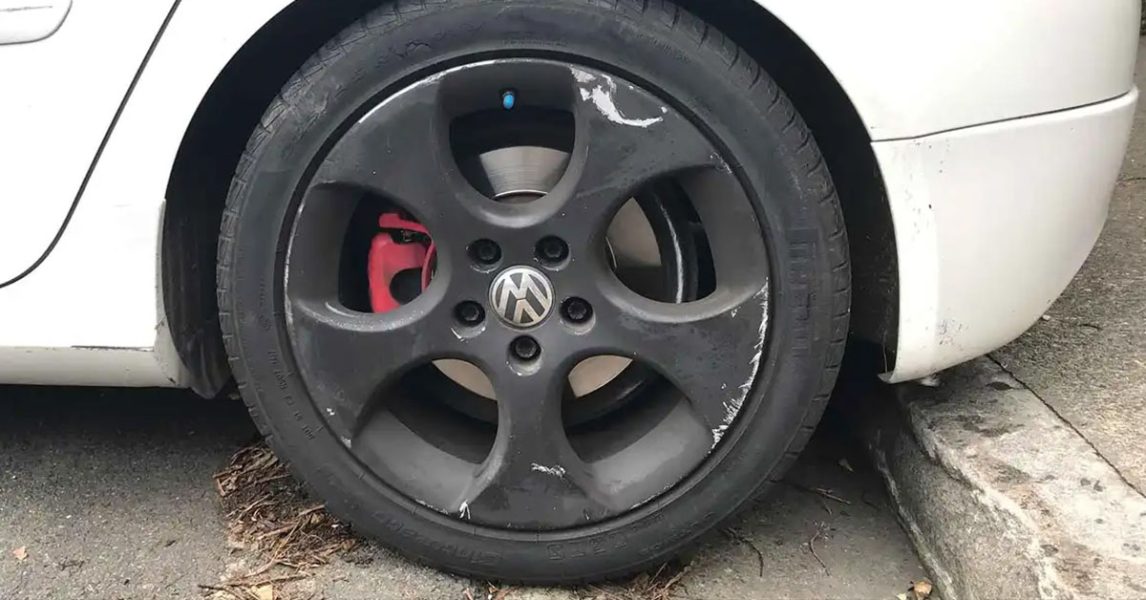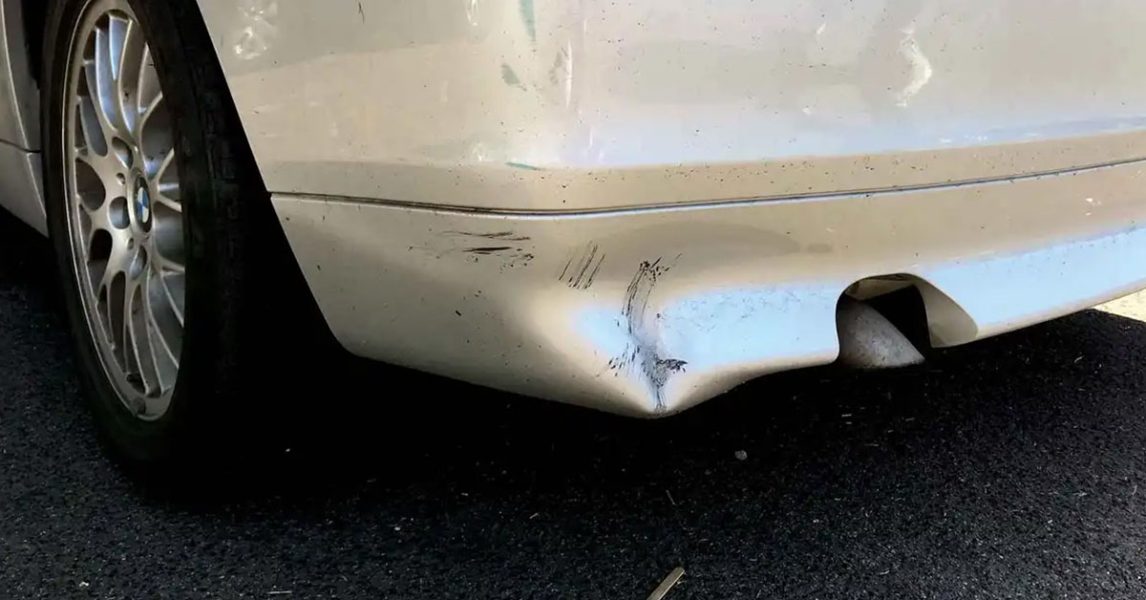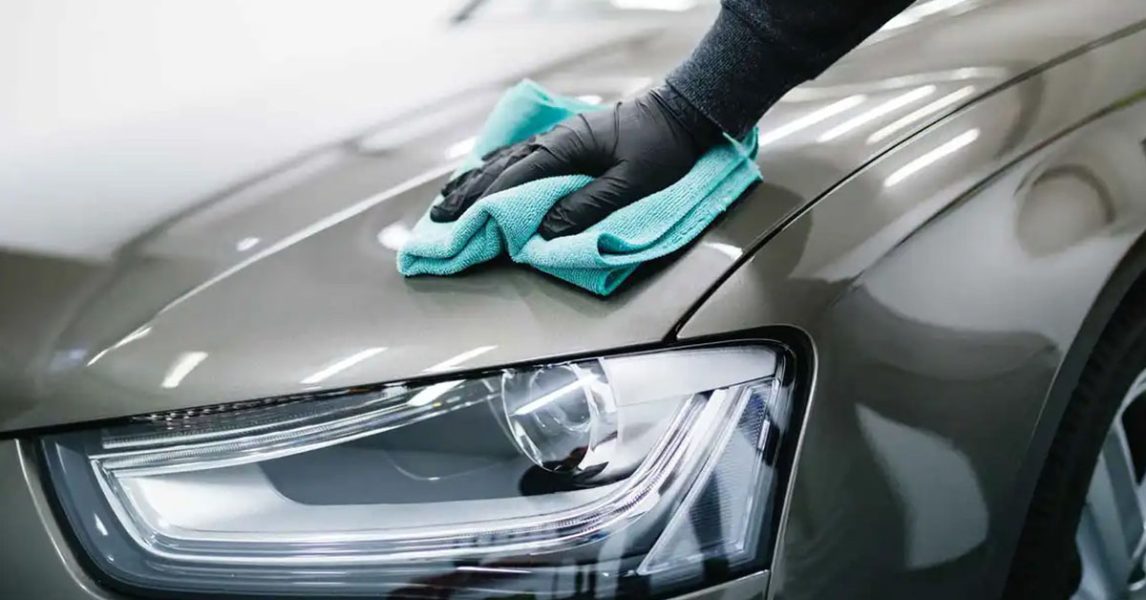
Managing fleets – stop little dings leading to big things
For your fleetOne of the responsibilities of anyone leading a fleet is keeping those vehicles on the road, and, ultimately, playing their part in generating revenue for the business. So, when one of those fleet vehicles is involved in a collision, it can lead to some lengthy downtime, any number of administrative headaches and significant costs to the business.
Minimising the amount of time it takes to get your vehicle back on the road is often out of the hands of those managing fleets. Parts supply delays, quote preparation, scheduling an assessor to approve a repair quote and panel beaters themselves often being stretched beyond their capacity… These are just some of the variables that determine how long your vehicle can end up in a repair workshop.
And the longer your vehicle spends getting repaired, the greater the potential losses for your organisation and its customers.
Josh Sandford is the Co-Founder and Chief Product Officer at DingGo, a company putting technology to good use to make vehicle repairs efficient, faster and more transparent for commercial vehicle fleets. As he explains it, from his experience, fleet leaders tend to be more frustrated by the process of getting a vehicle repaired than the actual repair costs.

“Fleet vehicles take, on average, almost 12 days to be repaired,” he says. “Ultimately, yes, the cost is a consideration, but it’s actually a lesser one than the administrative burden and time off-road.”
That’s why he and his fellow co-founders were motivated to come up with the DingGo Fleet platform, which replaces the traditional paper-heavy accident and collision management repair process with a more contemporary digital experience.
“Let’s say we were meeting for coffee this morning to do this interview,” he begins. “You could say, ‘I’m meeting Josh in Sydney’s inner-west. I want to look up a coffee shop, so I’ll Google it. I found a coffee shop, and I can see it’s got good reviews and ratings. Cool. They’ve got an app that lets me pre-order and pay for our coffees, and they’re ready on my arrival. And then I head off and I might decide to leave a review. That entire process can be done for a $4.50 cup of coffee, but there is nothing even close to that for your $50,000 to $100,000 or more asset.”
As part of digitising the process, drivers who’ve been in an accident and need repairs can now submit photos of the damage electronically. From here, the platform locates the most suitable repairer for the job, taking into account factors like the workshop’s proximity to where the incident happened, the repairer’s existing workload and previous customer satisfaction scores, among a host of other considerations.

Keeping track of the repair process has also traditionally been a challenging part of fleet vehicle repairs. Knowing exactly where the repair process is at is a major expectation for people who manage the fleets in our businesses.
As Josh says, panel beaters are excellent craftsmen but meeting and managing customer expectations is not something that the trade is known for. While that aspect of the industry is improving, providing customers with greater visibility on what’s happening with a damaged vehicle’s repairs is one of DingGo’s prime goals.
“There is so much admin involved on both sides of the accident experience in just following up where the car is – checking in and keeping an eye on things, making sure they’re not delayed and so on,” he says. “Drivers are asking fleet managers about the progress of repairs, and then fleet managers are asking the panel beaters, who are asking insurers… This communications melee ends up being overwhelming for most parties, and that’s why things get stalled or missed, and can lead to a negative experience.”

“Ultimately,” he adds, “what makes a great accident management process is when it’s all tracked and accountable, and expectations are managed and all the communications are timely, and to the right people, and with the right information. That’s the super hard bit.”
The DingGo Fleet platform’s aim in all of this is to provide the level of flexibility, efficiency, and transparency that customers want while going through the repair process. It ensures a centralised, one-stop shop for clients, as well as the repairers themselves, eliminating the major pain points of the accident and collision management ecosystem.
“So, for example,” Josh explains, “when an accident first happens, the customer lodges what’s known as a FNOL – a First Notice of Loss. With DingGo, it’s one phone call or digital link they can self-serve from – one form – that captures all the information. We’ve got all that digitally in our system, so we use that to auto-populate the insurance form if it’s an insurance claim. So, automatically, you don’t have to do a second step where either the company, DingGo or the insurer, has to call back and ask a bunch more questions.”
Next, the app searches for the best repairer match: “Traditionally, an insurance company ships all the jobs to the same place. Sometimes, it’s not convenient to the driver, and the availability is not convenient for the repairer either.”

“The way that we work is we run a marketplace. Essentially, we’ve got 700 repairers nationally. Based on their capacity and based on the appropriateness of the work that has to be done, you’re allocated to a repairer right near you who can handle that vehicle straight away — they can quote it straight away and, as soon as they get authorisation, they can start on the repairs. If we’ve sent a job to a panel beater and haven’t got a quote within 48 hours, we have automatic follow-ups. For drivers and fleet managers, it gives them visibility on the exact time off-road they’re looking at, so they can manage their work schedule to meet their commitments.”
Josh goes on to say that these are just a few examples of how the use of digital technology to drive automation and integrate communications and follow-ups, speeds up the process.
“If you didn’t do it with all this automation, you stall at the driver just lodging. And then you stall at getting the right repairer, then you stall the driver getting into that repairer, then you stall the repairer getting the quote, and you stall at the booking on a date that works because that’s between the repairer and the driver and not a system.”

“We have a fleet manager portal where they can see every job and every status, keep up to date with it, see commentary and automated communications, and status changes and timelines,” Josh adds. “We’ve got the same thing for the driver, so fleet managers aren’t burdened with having to update their drivers. We’re constantly updating everyone but, at any point, they can log into their job and there’s a little comment box that asks if they want to ask something or see what the latest is on their repairs.”
Another bugbear in the fleet vehicle repair process is arranging suitable replacement vehicles. According to Josh, DingGo’s accident and collision management system reduces much of the administrative headaches of arranging replacement vehicles — especially when changes to repair timelines crop up or there are mix-ups with bookings.

As Josh explains, “Say you’ve got your repair booked for Monday, and a replacement vehicle’s been booked for Monday too. But a supplier lets a repairer know that part’s delivery has been delayed by five days. So, the repairer says, ‘Let’s move the repairs back a week’. You’ve now got to organise the driver to accept the new date, the panel beater has got to move the new date, the replacement vehicle has got to be moved to a new date… all of that has to be synchronised. You can see how that would just be an absolute mess if you didn’t have a system doing it all for you.”
“If you manage expectations, no one can be upset, even if there are delays,” concludes Josh. “You look at it and you say, ‘Who am I to argue with there being a parts delay? I can’t source a part quicker than them. So, it is what it is; I just need to know. And that’s the level of communication and expectation management that DingGo can provide; the ability to facilitate full transparency. That’s what we’ve tried to do.”
Speak to SG Fleet today to see how our partnership with DingGo can improve your business vehicle accident management.
 Driving Insights
Driving Insights



